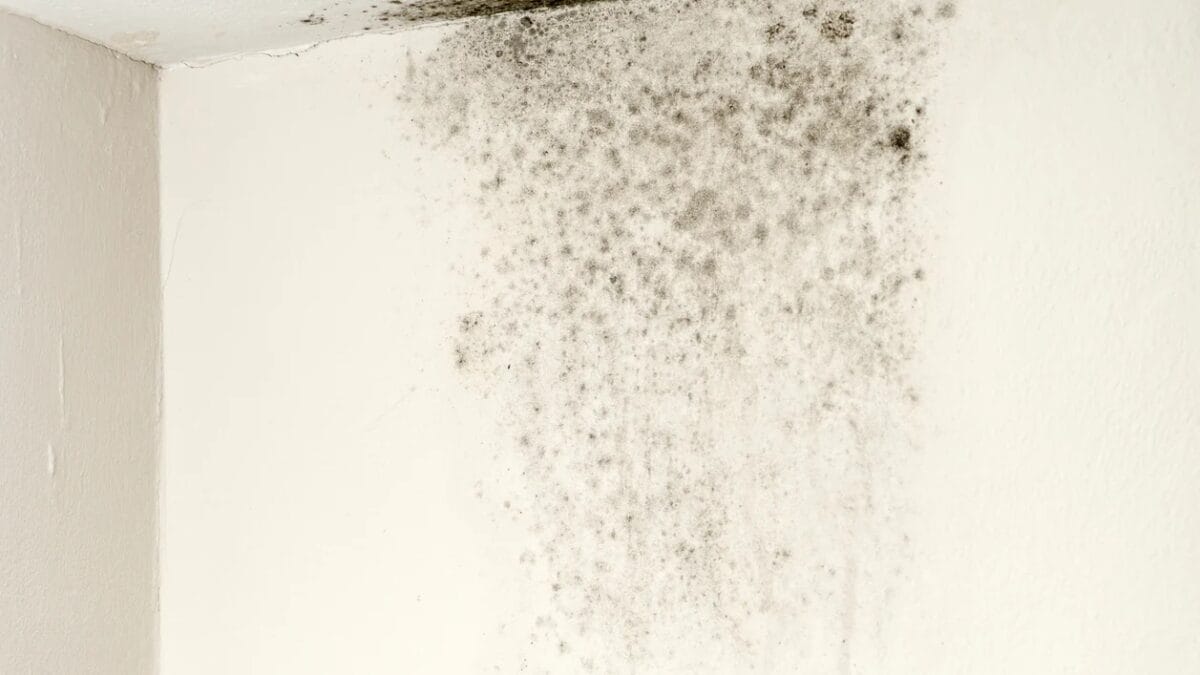Excess moisture allows mold spores to germinate and grow, covering surfaces with hazardous microbial growth. Mold remediation requires killing the mold at its roots and stopping it from returning. Many traditional methods use harsh chemicals or leave chemical residues. Ozone offers a more sustainable way to fully eliminate mold and control regrowth. Using ozone for mold control is a more eco-friendly and sustainable option than many conventional methods. Here’s why ozone aligns with sustainability principles:
- Naturally occurring substance – Since ozone develops naturally in the upper atmosphere, it is inherently a natural substance, not a synthetic chemical.
- Leaves no chemical residue – Ozone degrades into oxygen without leaving any chemical residue behind.
- Reduces use of bleach, biocides, and fungicides – Ozone provides an alternative to harsh chemicals for disinfection and mold removal. It reduces the need for and use of toxic antimicrobials.
- Short-lived but effective – While ozone is somewhat short-lived, it destroys mold before converting back into oxygen. This transient nature reduces its risks and environmental impact.
- Produced on-site when needed – Ozone generators only run when ozone is needed, producing it fresh on-site. There is no need to manufacture, transport, store, or dispose of hazardous antimicrobial chemicals.
- Little waste produced – Since ozone reverts to oxygen, there is no chemical waste stream to handle and dispose of after use. This avoids waste production.
- Versatile functionality – In addition to mold removal, ozone also eliminates odors, bacteria, viruses, and other pollutants. This multifunctional ability allows wider use.
- Complementary technology – Ozone works well alongside “green” and natural mold removal methods like HEPA vacuuming, antimicrobial coatings, and plant-based cleaners.
Proper use guidelines
- Follow all manufacturer instructions for the specific ozone generator. Don’t exceed the recommended settings.
- Evacuate people, pets, and plants from buildings during ozone use. Ozone is hazardous if inhaled.
- Ventilate space thoroughly after treatment before re-occupancy. Allow ozone to fully dissipate.
- Start with lower concentrations and shorter periods first before increasing. Monitor ozone levels.
- Combine ozone treatment with moisture control, physical cleaning, and mold-resistant coatings for the best results and lowest needed ozone concentrations.
When used responsibly, ozone is an effective eco-friendly tool for mold elimination and prevention. It provides a sustainable alternative to harsher conventional chemicals. Ozone works well with other green mold treatment methods. By integrating ozone into a complete mold control protocol, buildings become healthier places to live and work.
Assess the extent of mold growth and the type of contaminated materials. This determines the scope of work needed. Fix all moisture sources allowing mold growth. This is crucial to stop mold from returning. Proper repairs must be made. Physically remove contaminated porous materials like drywall, carpets, and insulation. Thoroughly clean all remaining hard, non-porous surfaces to remove mold residue. Consider using plant-based cleaners. Run the ozone generator in the mold remediation area based on space size. Follow all safety guidelines.
While many conventional methods use harsh chemicals, Damage Control-911 provides a more eco-friendly treatment option. As a naturally occurring gas that leaves no residues, ozone aligns with sustainability principles. Ozone allows for effective mold elimination without extensive use of toxic antimicrobials. While vigilance is needed to prevent repeat mold issues, ozone represents a greener way to fully destroy mold and improve indoor air quality.



